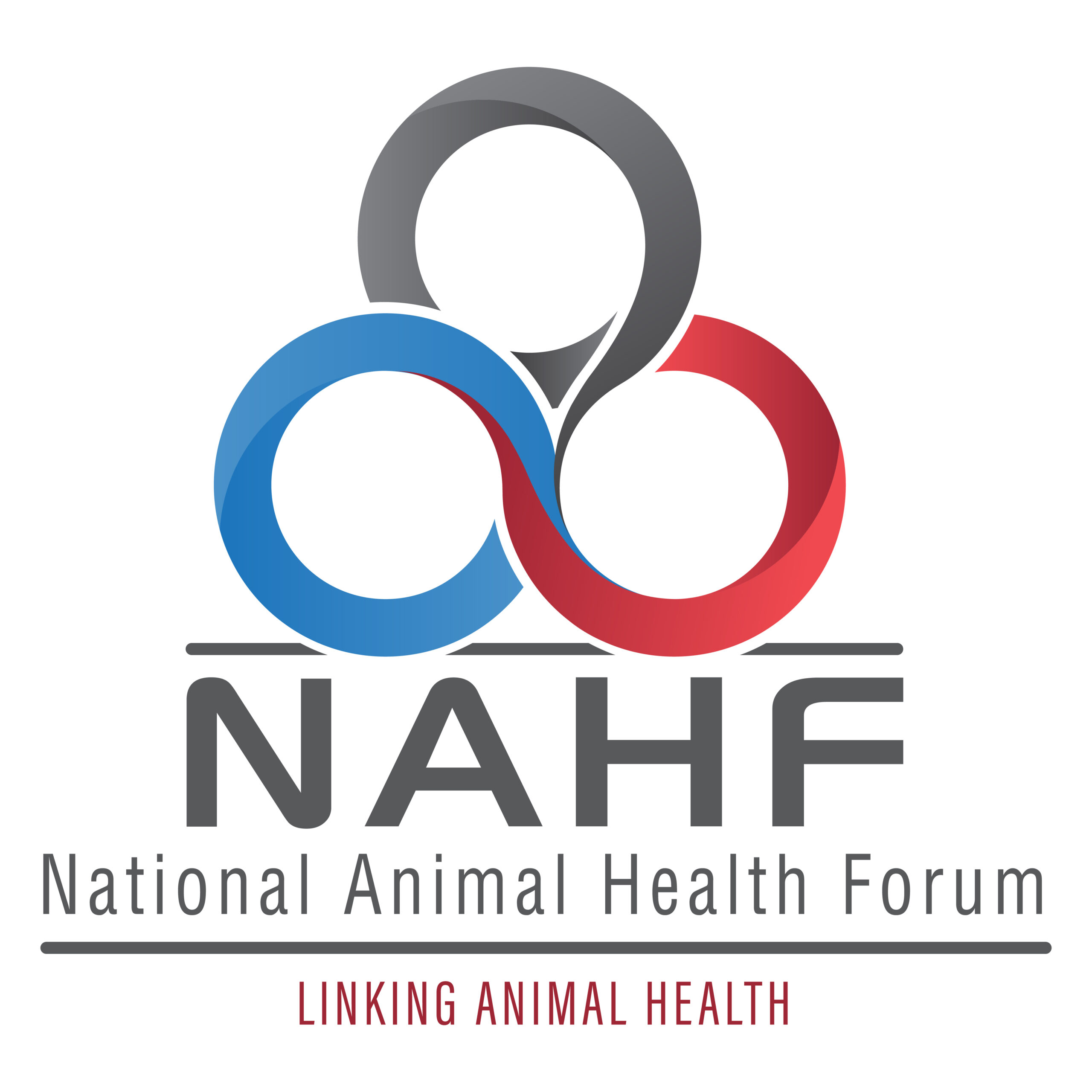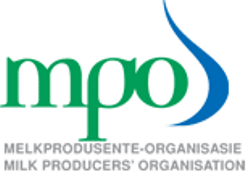
RuVASA monthly disease report June 2020 -Summary
ANIMALS AND COVID-19: WHAT DO WE KNOW?
by Lesley van Helden (Lesleyvh@elsenburg.com>)
This article is a combination of articles that first appeared in the Epidemiology Report produced by Western Cape Veterinary Services, volume 12, issues 4 and 5.
As the COVID-19 pandemic continues to develop, new scientific findings are being made every day around the world that help us to learn more about the epidemiology of the virus, SARS-CoV-2.
There is no doubt that the pandemic is being driven by transmission from human to human, and that spread of the disease must be tackled by preventing this. However, as veterinarians, it is important to stay informed regarding the potential role of animals in the origin and transmission of SARS-CoV-2, both for our own efforts to prevent further spread of the disease, as well as to educate the public and dispel rumours and misinformation.
The zoonotic origin of SARS-CoV-2
Although the exact origin of the virus is not currently known (and may never be), the evidence strongly points towards its originally being a zoonotic disease. A coronavirus discovered in intermediate horseshoe bats in China in 2015 is the most closely related virus to SARS-CoV-2 found so far, with a 96% similarity between the genomes. It is therefore likely that the virus originated in bats and may have been transmitted to humans through another species acting as an intermediate host.
Pangolins were identified as possibly involved when a high degree of similarity (97%) was found between SARS-CoV-2 and a pangolin coronavirus in the specific part of the genome encoding the receptor-binding domain. However, the genomes have only an 85% similarity overall, making it unlikely that pangolins were involved as an intermediate host.
Many of the early detected cases of COVID-19 occurred in people who had been to the Huanan Seafood Market, a wet market in Wuhan, China at which a variety of live wild animals were sold. It is therefore believed that the market may have been the location of spillover of the virus from animals to humans. However, the virus was found in environmental samples taken at the market, but not in any live animals there. Considering that several early cases of COVID-19 were not associated with the market, and the lack of evidence of an animal reservoir there, it is not possible to conclude whether the market was the point of origin of the virus or simply a location where the virus spread between people.
The city of Wuhan is a transportation hub with a large human population, so would be an ideal location for the spread of an emerging disease that reached the city from another area.
Regardless of the origin of the disease, we know that currently COVID-19 is a disease of humans. However, the disease does not appear to be exclusive to our species and potential exists for humans to infect other animals. This is known as a reverse zoonosis or anthroponosis.
SARS-CoV-2 as an athroponosis
Reports from several countries have provided evidence of some species of animals being infected by people, as well as animal-to-animal transmission and even cases of the virus being transmitted back to people.
Minks
Minks are farmed in many parts of the world for their fur. Mink farming is currently being phased out in the Netherlands, set to be banned completely by 2024, but several mink farms remain. In April, two large mink farms reported outbreaks of infection with SARS-CoV-2, with increased incidence of respiratory and gastrointestinal clinical signs and increased mortality in the mink herds. Dust and air samples surrounding the farms were taken to test the distance which the virus could spread, and people in the vicinity were advised to keep at least 400m away from the affected farms, but all environmental samples ultimately tested negative. As of 1 June, eight mink farms in the Netherlands have tested positive. Although it is likely that the virus was introduced to the mink herds by an infected person, sequencing of SARS-CoV-2 from the minks and workers on an affected farm indicates that the virus can be transmitted between minks, and at least two people were probably infected by the minks. The Dutch government has made a decision that all infected mink herds will be culled.
Detection of SARS-CoV-2 was more recently reported from two mink farms in the North Jutland region of Denmark. A small number of infected mink were found with no clinical signs or increased mortality in the herd. The Danish government is doing surveillance of 120 mink herds in the country in response.
Domestic cats
The first report of a positive SARS-CoV-2 PCR from a cat came from a pet whose owner returned to their home in Belgium from Italy and became ill with COVID-19 shortly thereafter. The cat was asymptomatic, but viral RNA was found in samples of faeces and gastric fluids. Eleven more PCR-positive cats have since been detected in Hong Kong (1), USA (3), France (2), Spain (2), Germany (1), the Netherlands (1) and Russia (1). All feline cases had close contact with probable or confirmed human COVID-19 cases. Some of the infected cats showed respiratory clinical signs, while others showed no clinical signs.
Additionally, limited serological studies show evidence of infection of domestic cats. The Netherlands reported that seven of 24 farm cats kept in the vicinity of infected mink herds showed presence of virus neutralising antibodies. There have also been preliminary reports of small antibody surveillance studies in cats and dogs in Wuhan, China, indicating that pets were infected with SARS-CoV-2.
Big cats
At the Bronx Zoo in New York City, USA, five tigers and three lions were kept in two enclosures. In April, one of the tigers developed a dry cough and wheezing. She was isolated from the others, but subsequently three more tigers and three lions developed dry coughs and inappetence. All eight big cats tested PCR positive for SARS-CoV-2, with one of the tigers remaining without clinical signs. They are believed to have been infected by zoo staff as they have all been at the zoo for a long time with no new additions, although the virus may have also been transmitted between the big cats. All are currently recovering well and no clinical signs were seen in any other zoo animals.
Domestic dogs
The first dog that tested positive for SARS-CoV-2 was a 17-year-old Pomeranian in Hong Kong. Its owner was a COVID-19 patient hospitalised in February 2020. Three successive samples of saliva and nasal secretions were taken from the dog in February and March and small amounts of viral RNA were found in all of the samples. A blood sample taken later showed presence of virus-neutralising antibodies, meaning that the dog had developed an immune response to SARS-CoV-2. The dog died in March 2020, shortly after being released from an isolation facility, but this was attributed to old age with concurrent heart and kidney failure, as it had never shown clinical signs consistent with COVID-19.
Another dog in Hong Kong, a German shepherd, tested positive for SARS-CoV-2 in March, also without any clinical signs. Viral sequences from its sick owner and the dog were identical, indicating that the dog had been infected by the owner. The other dog in the household remained negative.
In the USA, one German shepherd in New York tested PCR positive and had virus neutralising antibodies for SARS-CoV-2, as well as respiratory clinical signs. Another dog in the same house also tested positive for antibodies, but showed no clinical signs. These dogs belonged to an owner who was sick with COVID-19.
The three examples above are the only dogs worldwide that have been confirmed positive by detection of viral RNA so far. An earlier report of a dog testing positive in North Carolina, USA, in April was found to be negative on confirmatory testing.
A bulldog with respiratory clinical signs tested positive for virus neutralising antibodies (but negative on PCR) in the Netherlands. A single dog (of nine tested) was also found antibody positive during a survey of pets belonging to COVID-19 patients in Wuhan.
Experimental infections
In laboratory settings, domestic cats, ferrets, golden Syrian hamsters, Egyptian fruit bats, cynomolgus monkeys and rhesus macaques have been experimentally infected. Dogs, pigs and poultry appeared relatively resistant to infection.
Pets’ infection risk
With over ten million human cases of COVID-19 confirmed worldwide as of the end of June 2020, the comparatively tiny number of cases detected in animals is an indication of the very low significance of the role that animals play in transmission of the virus.
This is further demonstrated in a limited capacity by a pre-print study of 21 pet dogs and cats belonging to a group of French veterinary students, most of whom tested positive or showed clinical signs of COVID-19. Despite close contact with their owners, none of the pets tested positive for presence of viral RNA or neutralising antibodies of SARS-CoV-2.
Nonetheless, precautions should be taken to prevent transmission of the virus between humans and animals in order to prevent the establishment of SARS-CoV-2 in any other species. People suffering from COVID-19 should isolate themselves from their pets as much as possible and observe strict hygiene measures when feeding or caring for them if they are the sole caretaker.
If it is suspected that an animal is infected with SARS- CoV-2, it should be isolated from other animals and people in the same way that an infected person should be isolated. A veterinarian should be consulted to rule out other diseases which may be the cause of any suspicious clinical signs.
Veterinarians and paraveterinarians should take precautions when working with animals, including wearing personal protective equipment that includes a mask, washing or sanitising hands frequently and avoiding unnecessary close contact with animals. Standard hygiene and biosecurity measures should be strictly observed.
Testing of animals
In most countries, resources required for the testing of people are limited, and testing capacity is sub-optimal. Routine testing of animals should therefore be considered only if it can take place without competing for resources needed for human testing. This testing should also be consistent with the public health goals of the area. The OIE recommends that “Sampling and testing of animals could be considered in situations where the results will inform decision making, animal case or population management, or public health response, or further the body of knowledge on the transmission of the virus.”
Testing of individual animals should occur only when there is a clear rationale for doing so, such as suspicious clinical signs or exposure to an infected person. The general public should be discouraged from bringing their pets to their veterinarian for testing, as this is largely unnecessary and increases the risk of disease transmission through contact between people. Additionally, it is currently not possible to test animals in South Africa as there is no available animal test for SARS-CoV-2.
Sanitary and phytosanitary measures
There is currently no evidence that SARS-CoV-2 can be transmitted in animal products or other food. Sanitary and phytosanitary requirements to prevent disease spread between countries in food are therefore not justified in this case. Additionally, unnecessary requirements cause disruption in the food supply chain and can lead to exacerbation of existing problems such as economic damage, food insecurity, malnutrition and food wastage. The OIE is currently developing guidelines regarding sanitary and phytosanitary measures related to COVID-19.
References
American Veterinary Medical Association (2020), In-depth summary of reports of naturally acquired SARS-CoV-2 infections in domestic animals and farmed or captive wildlife. Accessed 29 June 2020. Available at https://www.avma.org/resources-tools/animal-health-and-welfare/covid-19/depth-summary-reports-naturally-acquired-sars-cov-2-infections-domestic-animals-and-farmed-or
Baker et al. (2020) Panel discussion: COVID-19, World Veterinary Association Congress. Webinar,15 May 2020.
Chen et al. (2020) Severe acute respiratory syndrome coronavirus 2-specific antibodies in pets in Wuhan, China. Journal of Infection. https://www.ncbi.nlm.nih.gov/pmc/articles/PMC7306203/
Huang et al. (2020) Clinical features of patients infected with 2019 novel coronavirus in Wuhan, China. The Lancet, 395. https://doi.org/10.1016/S0140-6736(20)30183-5
International Society of Infectious Diseases: ProMED coronavirus alerts. Accessed 27 May 2020. Available at https://promedmail.org/coronavirus/
Lau et al. (2020) Possible bat origin of severe acute respiratory syndrome coronavirus 2. Emerging Infectious Diseases. https://doi.org/10.3201/eid2607.200092
Leroy et al. (2020) The risk of SARS-CoV-2 transmission to pets and other wild and domestic animals strongly mandates a one-health strategy to control the COVID-19 pandemic. One Health. https://www.ncbi.nlm.nih.gov/pmc/articles/PMC7194722/
OIE (2020) Considerations for sampling, testing, and reporting of SARS-CoV-2 in animals, Version 1, 7 May 2020.
Shi et al. (2020) Susceptibility of ferrets, cats, dogs, and other domesticated animals to SARS–coronavirus 2. Science, 8 Apr 2020. DOI: 10.1126/science.abb7015
Sit et al. (2020) Infection of dogs with SARS-CoV-2. Nature. https://www.nature.com/articles/s41586-020-2334-5
Temmam et al. (2020) Absence of SARS-CoV-2 infection in cats and dogs in close contact with a cluster of COVID-19 patients in a veterinary campus. https://www.biorxiv.org/content/10.1101/2020.04.07.029090v1 (pre-print).
USDA APHIS (2020) Confirmed cases of SARS-CoV-2 in animals in the United States. Accessed 29 June 2020. Available at https://www.aphis.usda.gov/aphis/ourfocus/animalhealth/sa_one_health/sars-cov-2-animals-us
World Organisation for Animal Health (2020) Questions and answers on COVID-19. Accessed 29 June 2020. Available at https://www.oie.int/en/scientific-expertise/specific-information-and-recommendations/questions-and-answers-on-2019novel-coronavirus/
Zhang et al. (2020) SARS-CoV-2 neutralizing serum antibodies in cats: a serological investigation. https://www.biorxiv.org/content/10.1101/2020.04.01.021196v1 (pre-print).
Zhou et al. (2020) A pneumonia outbreak associated with a new coronavirus of probable bat origin. Nature, 579. https://doi.org/10.1038/s41586-020-2012-7
Published on Friday, 24th July 2020 - 15:05
Recent Posts
disclaimer









